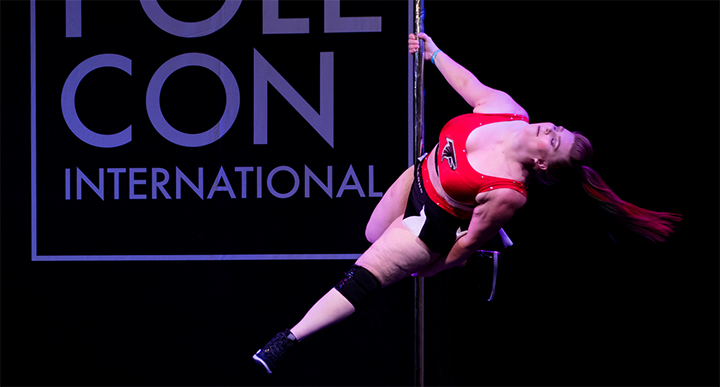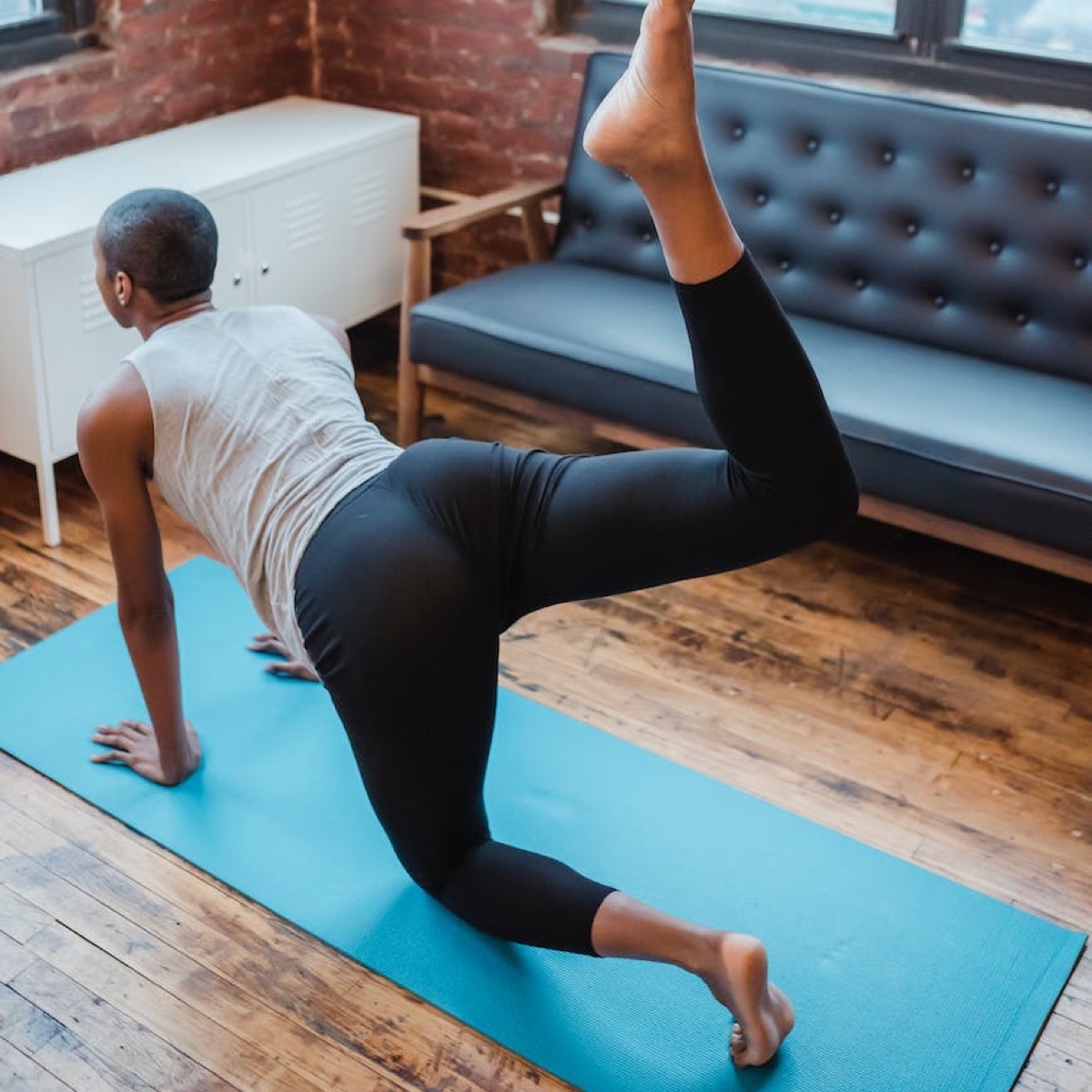I recently saw a reel on Instagram with this tall, thin, gorgeous 20 something young…

5 Non-Physical Ways to Train
What you do off the pole is just as important as what you do on the pole. When I say off the pole, that means off the pole and out of the studio or gym. Whether you’re on your rest days (for a competitive athlete, 2 are recommended), injured, fatigued, or just can’t make it to the studio, there is so much a dancer can do without moving their muscles. Even when you just finished your workout, there is still training to be done if you want to maximize your progress.
Here are five non physical ways to train you should be adding your regular workout schedule.
SLEEP
Sleep is the most important part of your training! This is when you body repairs from the day and prepares for the next. I can’t function on less than 7 hours. As my training routine intensifies I need even more. It is recommended that regular exercisers get 8-10 hours a night. There are many options for people with trouble sleeping, including no caffeine or exercise in the evening, no screens an hour before bed, and/or restorative yoga. Afternoon naps can also be helpful, as long as they don’t exceed 30 minutes. Think of bedtime the same way you think of gymtime: before bed “pre workout”, an adequate amount of “reps” on your “machine”, intermittent bouts throughout the day, and post “workout” (waking up softly). Like a gym routine, a sleep routine may take some time to develop, but keep trying until you find a point where you know you are well rested.
MEDITATE
I cannot talk about the benefits of meditation enough. See my past blogs for a meditation specific to aerialists. Even if you have the energy to practice yoga, yoga is just moving mediation; Channel that energy into mental training. After you first start mediation your brain will feel like it just did a hard workout. Meditation provides the focus, motivation, and body awareness you need to prepare for a workout, or cool down and initiate recovery after a workout. There are so many resources to access meditation including Youtube, Headspace, and Simple Habit. Keep looking around until you find a meditation that fits you. Meditation is a practice. Don’t judge yourself if your mind wanders or you get distracted.
JOURNAL
Like meditation, journaling is a great way to improve mental function and focus. Journaling can help you reflect on your practice: new moves, new ways to train, emotions or thoughts that came up during practice; all without any of the self judgment you may feel when watching back videos. Right after you train, or during a rest day, ask yourself how you feel about the training you did. Write down your accomplishments and/or inspirations or ideas. Journaling allows you validate your own pole journey
VISUALIZE
There are numerous studies on the benefits of visualization. Every poler does it watching instagram videos seeking inspiration. But I’m going to invite you to not just watch small snippets on IG, but to relax down at a computer and watch an entire pole performance or workout video. Watch every detail: the flow, the musicality, the audience interaction, the toe point. Maybe take notes in your journal of anything you want to add to your own workout. Just watching, the information will soak into your brain. Maybe even on a rest day, go to the studio and watch a class. Get an objective perspective on your training.
READ/RESEARCH
Research can be intimidating. But I’ve been obsessed with it over the past few months to gain some edge and prevent injury. There is so much information out there to know and so much advice you can incorporate into your training. Progress requires proper form, hydration, conditioning, timing, body mechanics, nutrition, rest, recovery, and so much more. These aspects require reading and studying. Start with one topic that is most important to you. Find many sources (books, websites, podcasts, magazines, lectures) and piece together what will be beneficial. Personally, I enjoyed Applied Anatomy of Aerial Arts by Emily Scherb, Cirque Physio’s Instagram by Dr. Jen Crane, the Off the Pole Podcast by Sarah Scott, and the Shoulder Health workshop I took at 2019 PoleCon by AcroPT.
Latest posts by Natalia S (see all)
- 5 TIPS FOR STUDIOS TO BE MORE TRANS INCLUSIVE - June 19, 2020
- 5 TIPS TO MOTIVATE YOUR HOME WORKOUT - April 24, 2020
- 5 Tips for Training on a Budget - April 10, 2020


